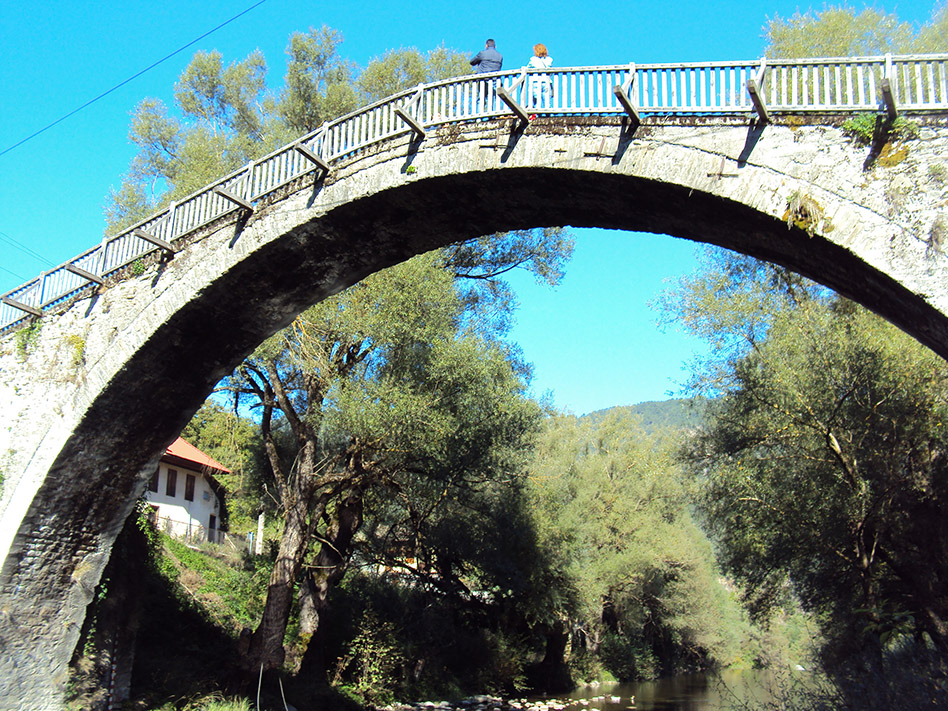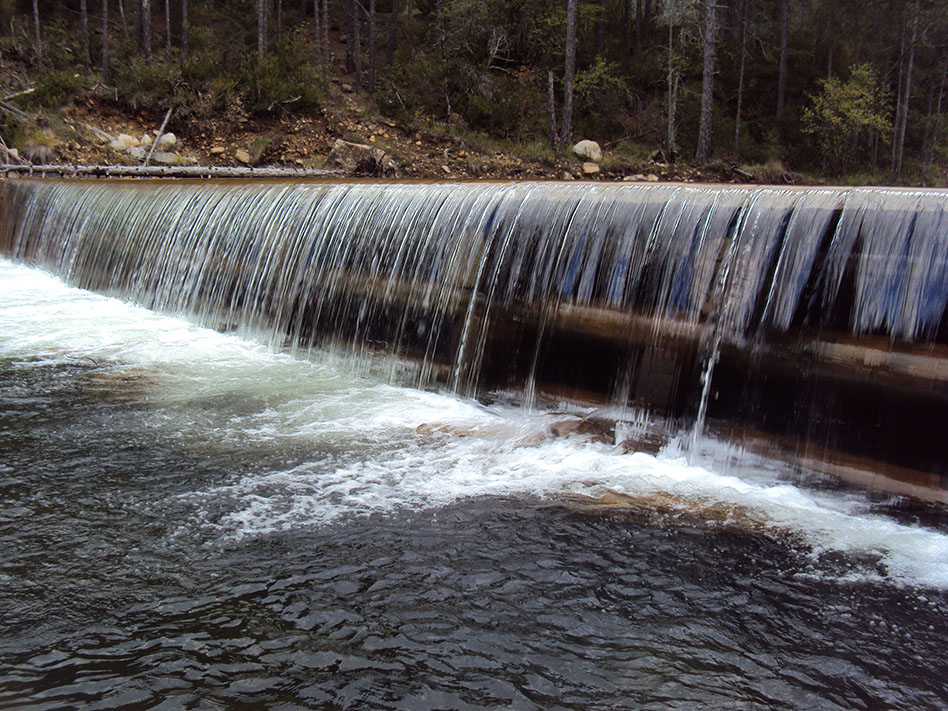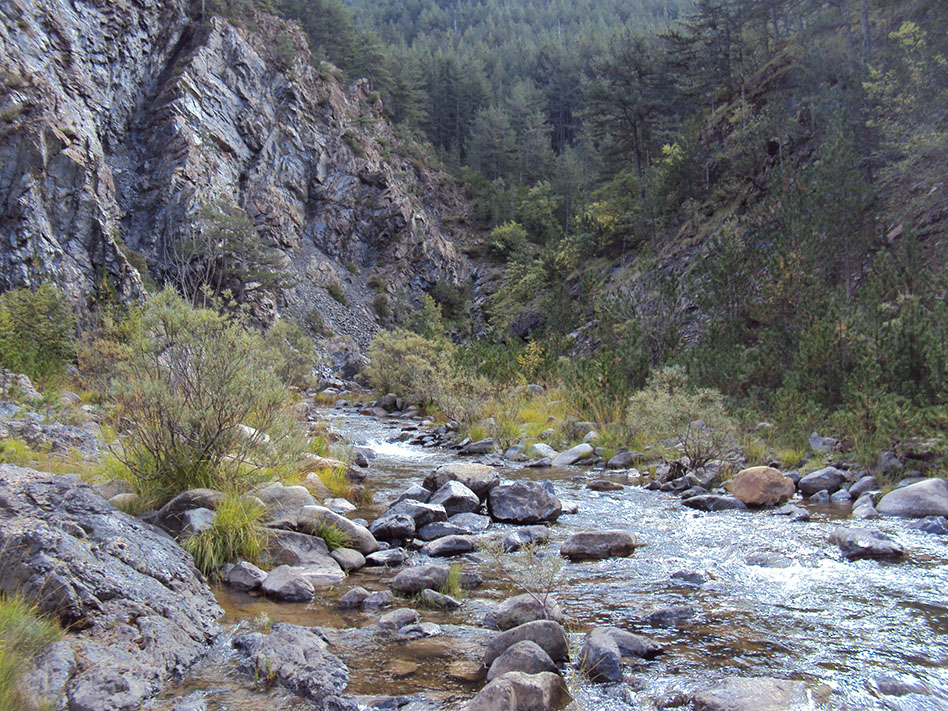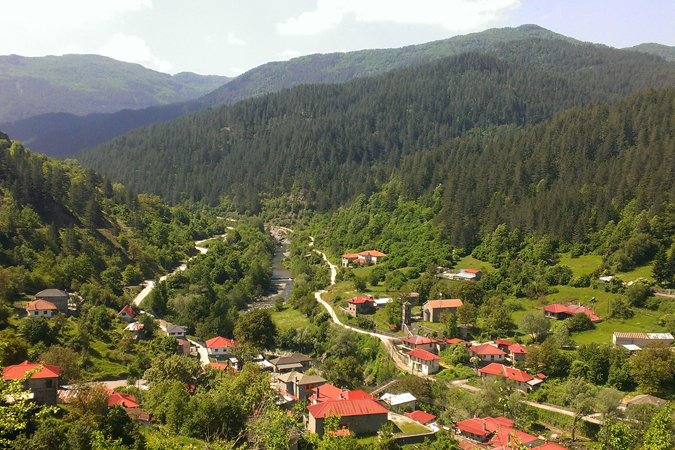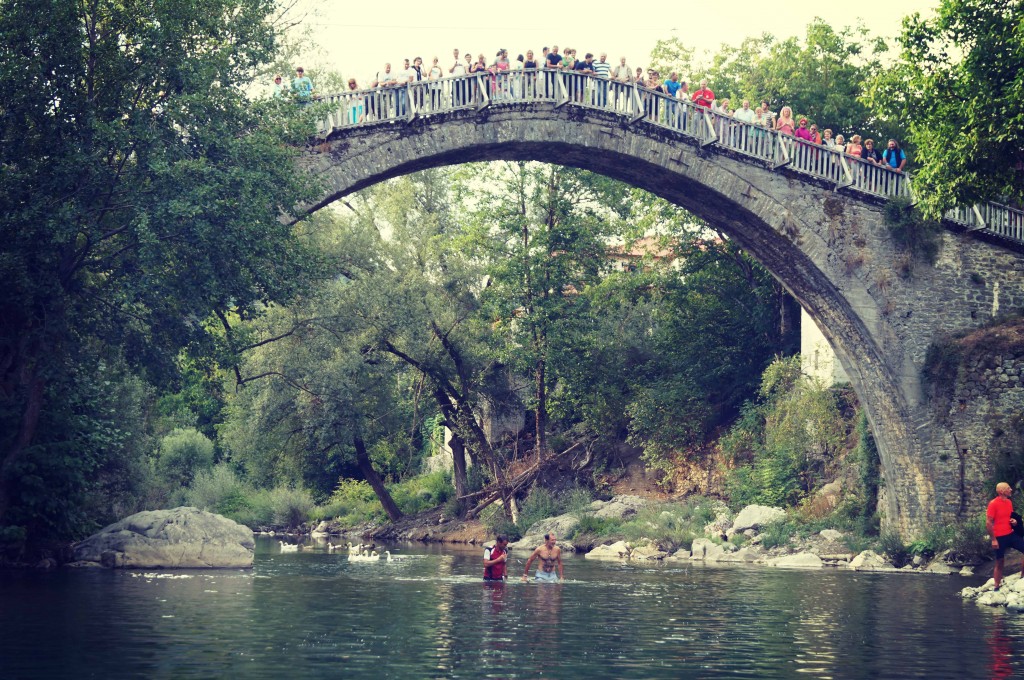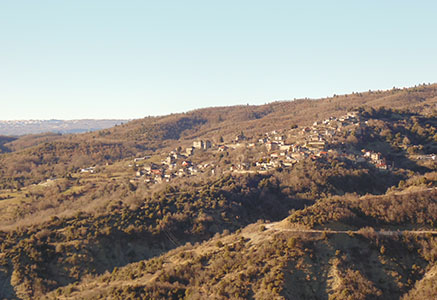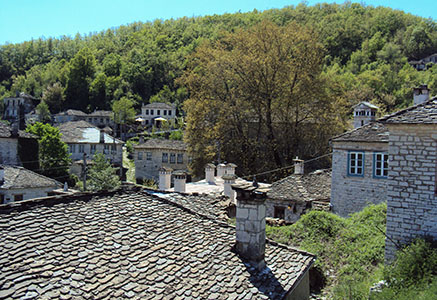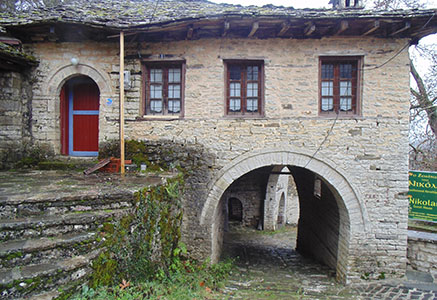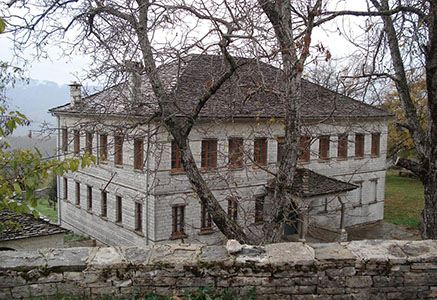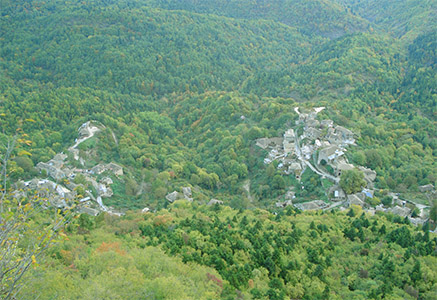Project Description
Built on the two banks of the Aoos River, Vovousa (Bayeasa) is adorned in its center with one of the finest stone-built bridges of Zagori, built in 1748 by Alexios Mishios. Joined in Zagori, Vovousa experienced great growth during the period of autonomy of Zagori within the framework of the Ottoman Empire.
Historically, it appears 1000 years ago with five settlements (Baitani, Plaka, Saint Paraskevi, Tsiaska and Saint Dimitrios), and later it is joined in one. The first data for the population of Vovousa exist since 1801, when the plague struck the area, leaving hundreds dead.
In the census of 1817, 270 families lived in the village, which meant 2500 inhabitants. In the same year, Albanian and Vlachs’ premeditated attacks forced more than 120 families to flee and emigrate. In the period from 1824 to 1831, due to the robbery raids, Vovousa remained uninhabited.
After the liberation of 1913, Vovousa was relieved of all kinds of raids and followed a peaceful course until 1940. In 1943, it was burned down by the Germans. Only the church of Saint George, a remarkable monument of the village, was rescued.
The village was reborn in the late 1950s and early 60s, where the few families that returned through difficult conditions, occupied themselves with logging and livestock farming.
Nowadays, the main occupation of the inhabitants is the logging and processing of wood.




